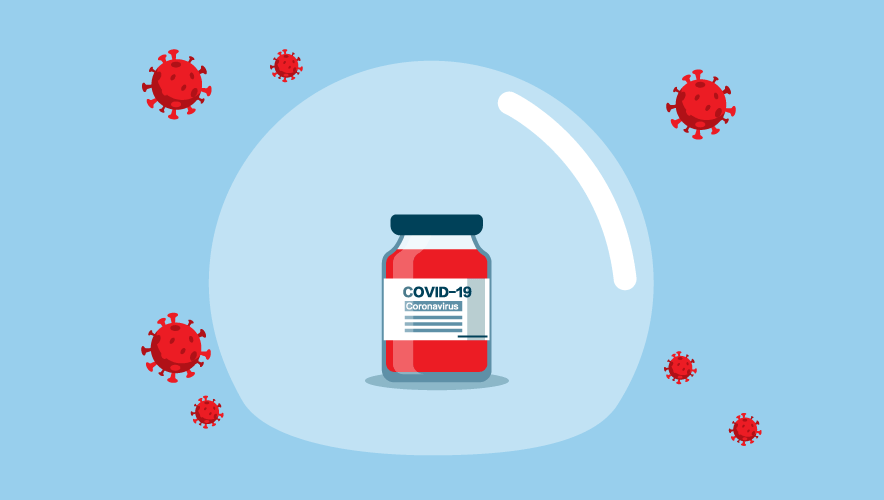WHO Lifts Global Emergency Status for COVID-19
It’s far from gone, but COVID-19 is no longer a global emergency, according to the World Health Organization (WHO). The announcement to lift the “public health emergency of international concern” designation—which came 5 May, more than three years after the WHO declared COVID-19 an international crisis—marks a symbolic end to the pandemic, the Associated Press reported.
“It’s with great hope that I declare COVID-19 over as a global health emergency,” WHO Director-General Tedros Adhanom Ghebreyesus said. However, he continued, “That does not mean COVID-19 is over as a global health threat.” New variants could emerge, and there are currently spikes in infections in Southeast Asia and the Middle East.
WHO officials cautioned countries not to take the end of the emergency designation as a sign to dismantle COVID-19 response systems—the threat from the disease still stands.
COVID-19 is still a pandemic. There have been more than 765 million confirmed cases of COVID-19 since it emerged in late 2019, the WHO says. While the official COVID-19 death toll stands at 7 million people, the real figure is likely to be much higher, up to 20 million. Thousands of people are dying from the virus weekly, and millions more are suffering from the long-term effects of the disease. New variants are likely to continue emerging, which will cause new surges in cases and deaths, said Tedros.
So, why lift the designation if COVID-19 is still so prevalent? High levels of immunity around the world—whether caused by vaccination, infection, or both—mean that the disease has reached a more manageable level, The New York Times reported. For the past 10 weeks, COVID-19 deaths have been at their lowest weekly rates since March 2020, and life in many countries has returned to normal.
Dr. K. Srinath Reddy, who led India’s Public Health Foundation throughout the pandemic, said the end of the emergency status should be appreciated as a human achievement: “It’s important to recognize that what made the virus change its character is not only evolutionary biology, but also the fact that we have induced it to actually become less virulent, by vaccination, by masks, by a number of public health measures.”
What does this change mean for everyday life? In the short term, not terribly much. Day-to-day conditions for people will largely continue to depend on where they are and local regulations. Health professionals are still advising people to get vaccinated and get booster shots if they qualify, although masking and social distancing measures have largely been dropped outside of sensitive settings like hospitals or nursing homes, the AP reported.
The WHO released an updated COVID-19 management plan on 3 May to guide countries on how to manage COVID over the next two years as part of a transition to long-term disease control and prevention.
Some countries had already decided to end their states of emergency for COVID-19. The European Union announced in April 2022 that the emergency phase of the pandemic was over. China ended its prolonged severe COVID-19 restrictions four months ago. The United States will lift its COVID-19 public health emergency declaration on 11 May, ending a variety of measures that supported pandemic response (including vaccine mandates and vaccine entry requirements for international travelers). Title 42, a policy that allowed U.S. officials to quickly expel migrants who crossed the U.S.-Mexico border illegally due to COVID-19 restrictions and concerns, will expire 11 May as well.










